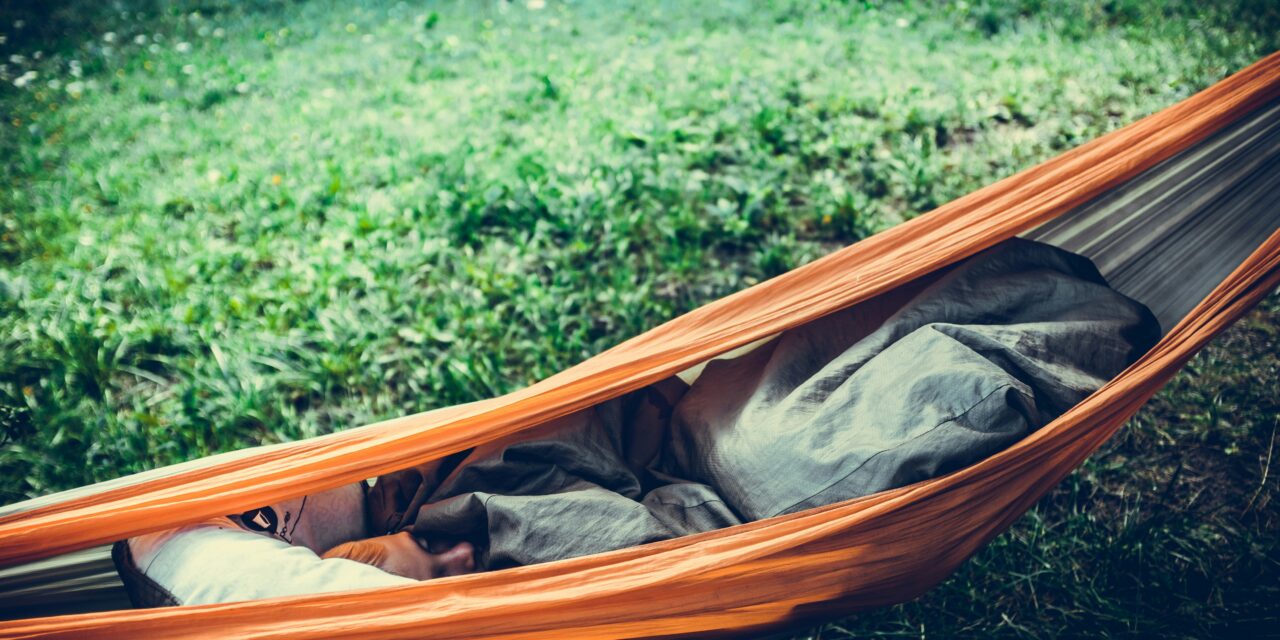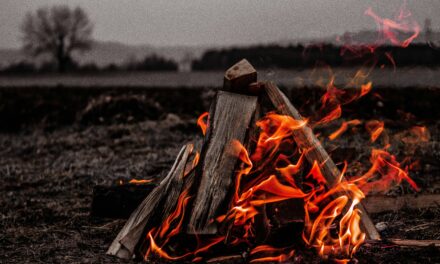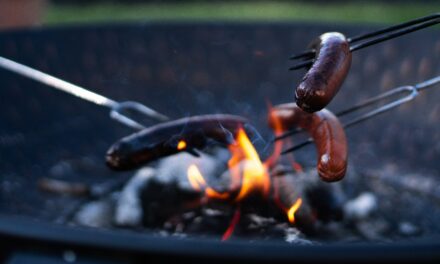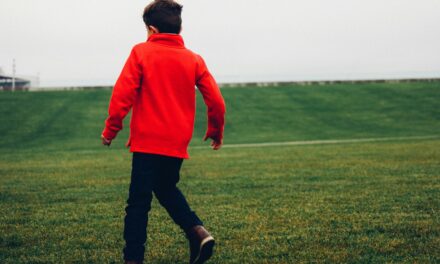One of the biggest questions new campers face is: “How do I actually sleep well out there?” While it’s true that camping means trading your bed for a night under the stars, with the right gear and a few smart tips, you can sleep surprisingly well. Let’s break it down: tents, sleeping pads, and sleeping bags — the three essentials of your camp sleep setup.
????️ Finding the Right Tent: Your Home Away from Home
Your tent is more than just a shelter — it’s your cozy refuge from wind, rain, and bugs. Choosing the right one makes all the difference.
Size & Shape
-
Capacity: Tents are usually labeled by how many people they fit, but always consider going up a size for comfort. A two-person tent can feel snug for two adults, especially with gear.
-
Height & Shape: If you like a little extra headroom, dome and cabin-style tents offer more vertical space. For backpacking, stick to streamlined designs to save weight.
Three-Season vs. Four-Season
For most campers, a three-season tent will do the trick — it’s designed for spring, summer, and fall, with good ventilation and weather resistance. Four-season tents are bulkier and better for winter adventures.
Easy Setup
Practice pitching your tent at home first! Most modern tents are designed to be easy to set up, but having a practice run can save frustration when you’re racing daylight at camp.
???? Sleeping Pads: The Key to a Comfy Night
Sleeping pads don’t always get the glory, but they’re arguably the most important part of your sleep system. Not only do they add cushioning, but they also insulate you from the cold ground.
Types of Sleeping Pads
-
Foam Pads: Affordable, lightweight, and nearly indestructible. Great as a backup or for minimalist trips.
-
Self-Inflating Pads: A balance of comfort and packability. They use foam and air to give you a plush feel without too much bulk.
-
Inflatable Pads: The plushest option, with adjustable firmness. Just be mindful of punctures!
R-Value Matters
If you’re camping in cooler temps, look for pads with a higher R-value — this measures insulation. An R-value of 3–4 is great for three-season camping, while winter trips might need something closer to 5 or 6.
???? Sleeping Bags: Your Camp Cocoon
Your sleeping bag is your last line of defense against cold nights — and your best friend when the temps dip.
Temperature Ratings
Sleeping bags are rated for different temperatures. Choose a bag rated a bit lower than the coldest night you expect. For example, if it might dip to 40°F, go for a bag rated to 30°F for extra warmth.
Shapes & Features
-
Mummy Bags: Snug and efficient for cold weather.
-
Rectangular Bags: Roomier and more comfortable if you’re a side sleeper or just like a little wiggle room.
-
Hybrid or Semi-Rectangular: The best of both worlds.
Look for features like draft collars, zipper baffles, and adjustable hoods if you’re heading into colder areas.
Down vs. Synthetic Fill
-
Down: Lighter, more compressible, and very warm, but pricier and doesn’t insulate well when wet.
-
Synthetic: Heavier and bulkier but keeps you warm even if it gets damp — and is usually easier on the budget.
???? Tips for the Best Night’s Sleep at Camp
-
Test it at Home: Try out your setup in the backyard or living room before your trip.
-
Find Level Ground: Sleeping on a slope can mean a night of sliding around. Find a flat spot to pitch your tent.
-
Add a Pillow: Even a small camping pillow (or a stuff sack filled with clothes) can make a huge difference in comfort.
-
Warm Up First: Do a few jumping jacks before climbing into your sleeping bag — it’s easier to stay warm than to get warm once you’re cold.
-
Layer Up: Bring a hat or extra socks if nights get chilly!
???? Wrap-Up: Sweet Dreams in the Wild
Camping sleep isn’t about luxury, but with the right gear, it can be surprisingly cozy. A sturdy tent, a well-chosen pad, and a sleeping bag suited to the conditions turn a night in the woods from “roughing it” to “ahh, this is actually pretty comfy!”
Remember: it’s not about having the fanciest gear — it’s about finding the right balance of comfort and practicality for your style of camping. So test your setup, tweak what you need, and get ready for nights of restful sleep and mornings with birdsong and fresh air. Sweet dreams out there!





